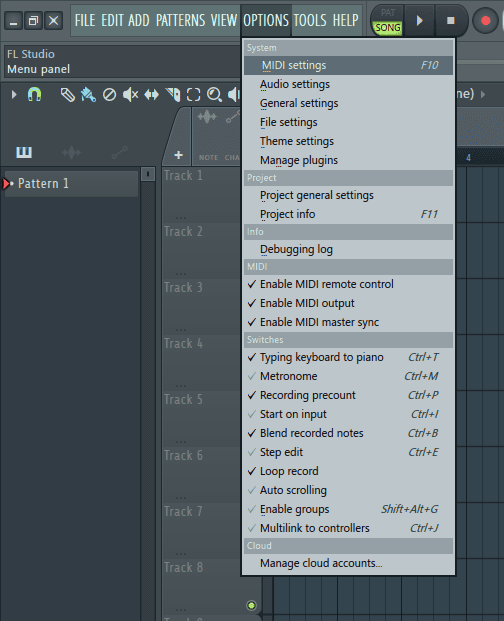The basics of an audio system contain understanding its key components and how they work collectively to capture, course of, amplify, and reproduce sound. Here are the fundamental elements of an audio system:
Source: The source is where the audio sign originates. It could be a microphone for live sound, a turntable for vinyl records, a CD participant, a digital audio participant, or any device that generates an audio sign.
Signal Processing: In some cases, the audio signal may need processing to enhance its quality or apply specific results. https://soundshockaudio.com/why-is-my-midi-keyboard-not-working/ processing gear can embody equalizers for adjusting frequency responses, compressors for dynamic management, and effects processors for including reverb, delay, or other results.

Preamplification: The audio signal from the supply is typically weak and low-level. A preamplifier, typically known as a preamp, boosts the sign's amplitude and prepares it for further amplification. In some cases, preamps also present tone control and input choice.
Amplification: Amplifiers enhance the strength of the audio signal to a level that may drive audio system. There are different types of amplifiers, together with energy amplifiers that present the required wattage to speakers and integrated amplifiers that combine preamplification and energy amplification in a single unit.
Speakers: Speakers, or loudspeakers, are transducers that convert the electrical audio signal back into sound waves. They consist of various elements, including drivers similar to woofers (for low frequencies) and tweeters (for high frequencies). Subwoofers deal with very low-frequency bass sounds.
Speaker Placement: Proper placement of speakers in a room is crucial for attaining optimum sound high quality. Factors like room acoustics, speaker positioning, and listener positioning can significantly affect the audio expertise.
Cabling and Interconnects: Cables and interconnects are used to connect the various components of the audio system, together with connecting the source to the preamp, the preamp to the amplifier, and the amplifier to the audio system. High-quality cables may help keep signal integrity.
Listening Environment: The bodily environment during which the audio system is set up performs a major position in audio high quality. Factors like room dimension, shape, acoustic treatment, and background noise can impact the sound.
Listening Experience: The listener's experience is determined by elements corresponding to the quality of the supply materials (e.g., music recording), the selection of audio system, amplifier energy, and the preferences of the listener.
Controls and Settings: Many audio parts have controls that enable customers to regulate volume, tone, steadiness, and other settings. These controls can be discovered on amplifiers, preamps, and supply devices.
Remote Control: In fashionable audio techniques, remote control capabilities are often included, allowing users to regulate settings, change tracks, or control playback without needing to bodily interact with every element.
Maintenance and Care: Regular upkeep, corresponding to cleaning connectors and ensuring proper ventilation for amplifiers, might help lengthen the lifespan of audio gear.
These are the elemental parts of an audio system, but the complexity and options of audio techniques can differ extensively primarily based on the appliance and particular preferences of customers. Whether it's a easy stereo setup for residence listening or a posh skilled audio system for stay occasions, understanding these basics is essential for establishing and having fun with high-quality audio..
